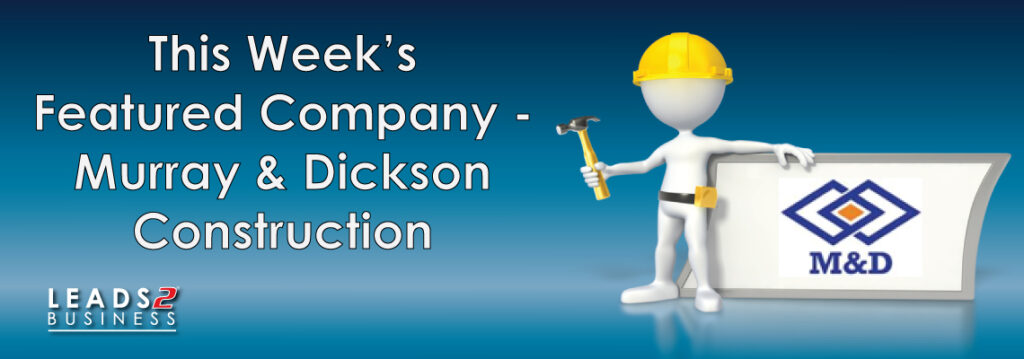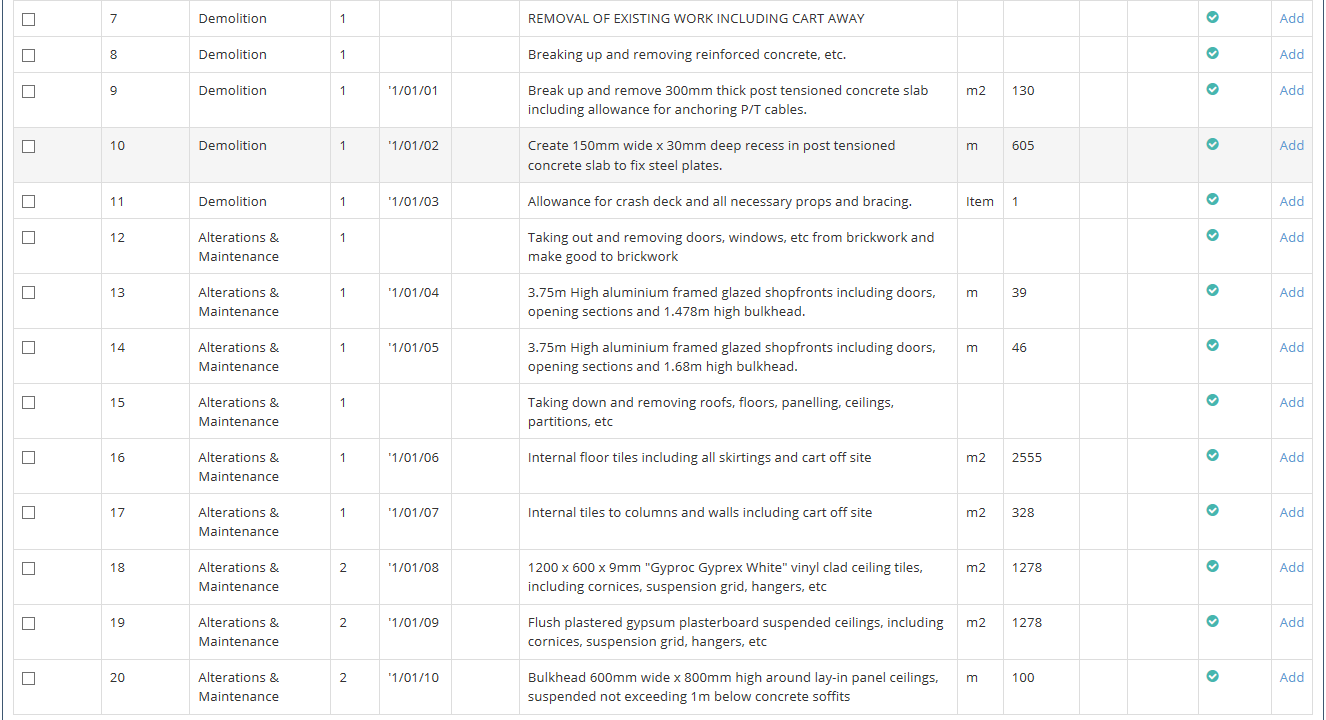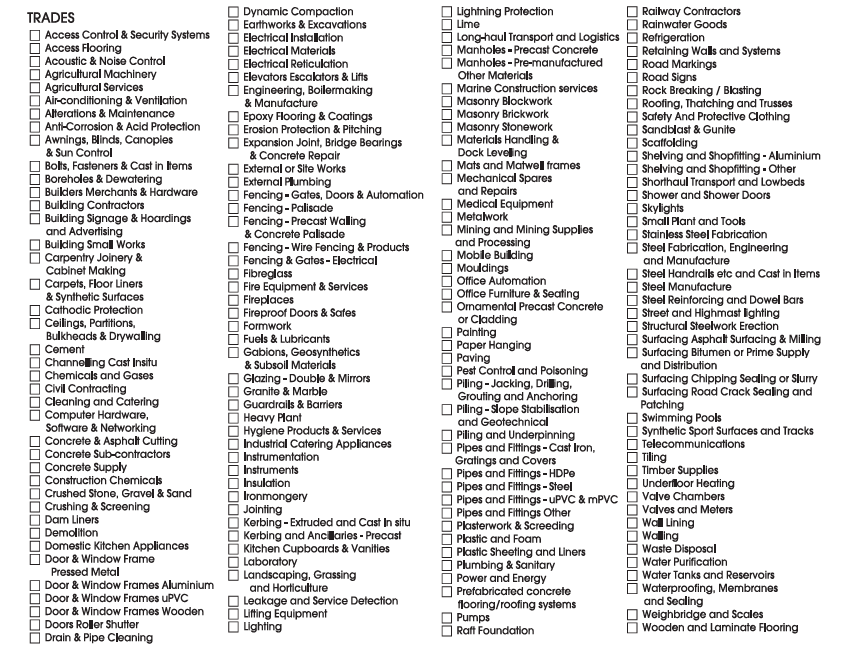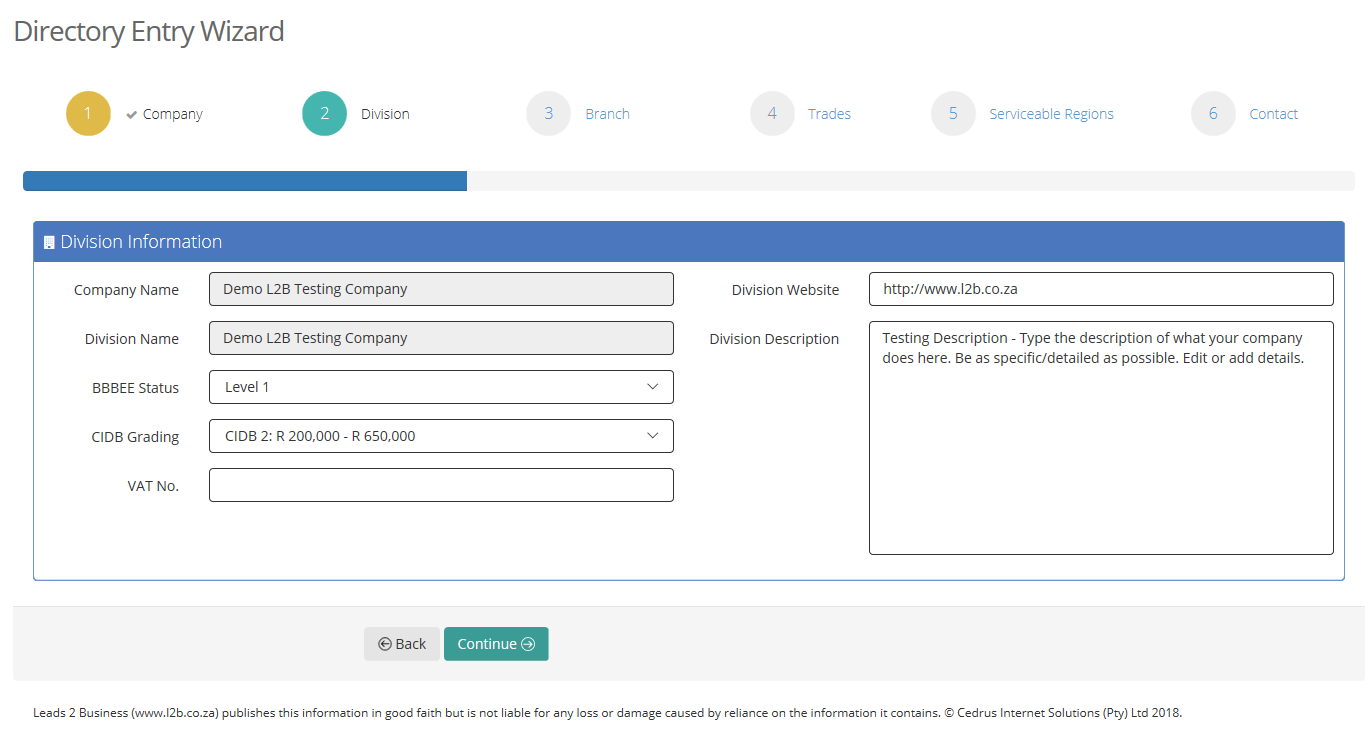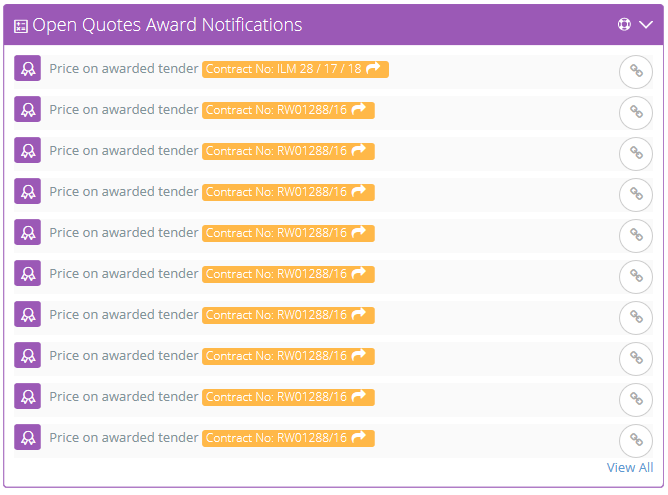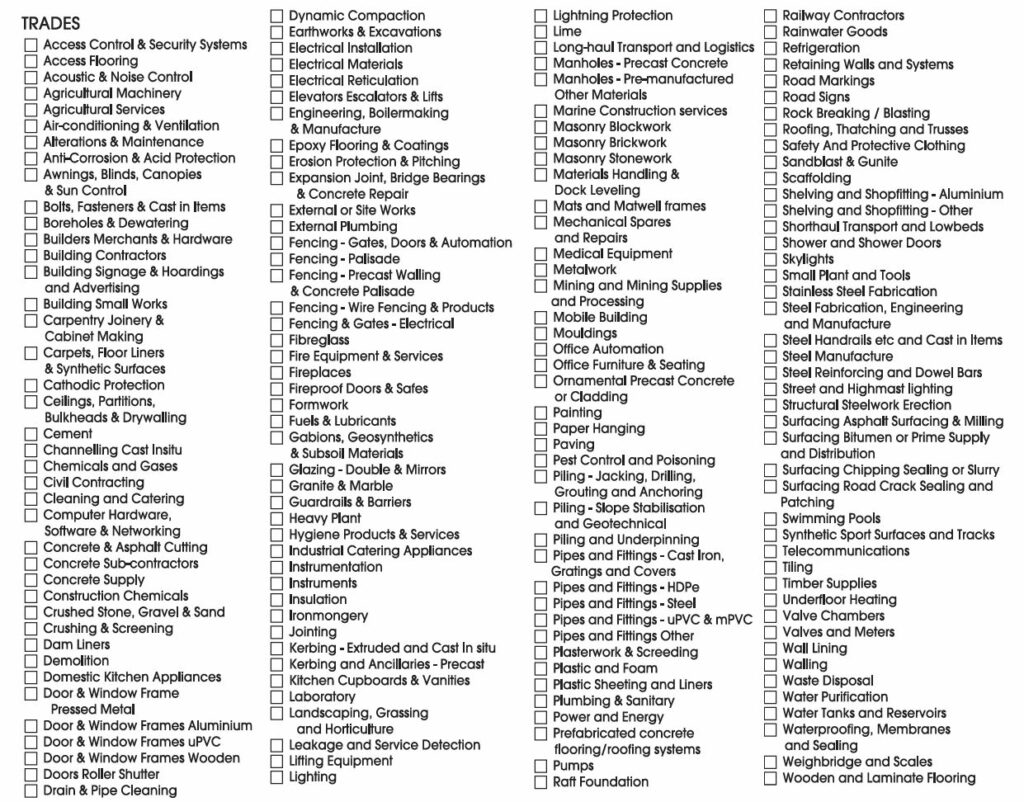Industry Events: South Africa February 2019

Event:
Investing in African Mining Indaba 2019
Date:
4 to 7 February 2019
Event Location:
CTICC (Cape Town International Convention Centre), Cape Town, South Africa
Event Description:
Investing in African Mining Indaba gives an opportunity to meet with only investors, mining companies and other firms involved in the deal-making process like banks and brokers, all in one place. Apart from that, this is the only platform where mining company COOs and Project Directors discussed the latest disruptive tech and innovative investment strategies, It also has Panels and Workshops where key stakeholders came together to define a common vision for sustainable development in Africaâs mining industry.
Contact Details:
Tel: +44 (0)20 3855 9557
Email: info@miningindaba.com
Event Details:
Event:
The CIO Power Africa Summit 2019
Date:
12 February 2019
Event Location:
Johannesburg, South Africa
Event Description:
The CIO Power Africa Summit hosted by Vale Media Group, the number 1 Sub-Saharan African B2B events company, will bring together the senior IT decision makers from the IPP, PPP and national power communities across the region to focus on information technology within the power sector. CIO Power Summit is leading the way to the digital revolution within the African power sector and will cover all of the major topics that are hot in the industry right now. From analytics to IOT, connectivity to cyber security, the CIO Power Summit is the go-to event in Africa to keep up to date with digital transformation and a place for end users to meet with technology companies who are developing tomorrows technologies today.
Contact Details:
Tel: +44 (0) 1446 678080
Email: claire.hewitson@valemediagroup.com
Event Details:
Event:
Women In Energy Conference 2019
Date:
18 February 2019
Event Location:
Sandton Convention Centre, Johannesburg, South Africa
Event Description:
The Women in Energy Conference was designed to aid the increase in leadership and development of women involved in the African energy space. This one-day event provides a platform for women to network, share their knowledge, discuss achievements and encourage the advancement of women across all sectors of the energy industry.
Contact Details:
Email: info@energyindaba.co.za
Event Details:
Website
Registration
Event:
Africa Gas Forum 2019
Date:
18 February 2019
Event Location:
Sandton Convention Centre, Johannesburg, South Africa
Event Description:
The Africa Gas Forum was created to ensure a balance between country-specific opportunities as well as common issues that affect the whole region such as exploration activity, licensing rounds, development plans and the move to gas, new tax regimes, regional infrastructure projects, pipelines, LNG terminals, security, local content initiatives, investment requirements and other key projects.
Contact Details:
Email: info@energyindaba.co.za
Event Details:
Event:
Project Management Summit
Date:
19 February 2019
Event Location:
Accolades Boutique Venue, Midrand, South Africa
Event Description:
Project Management Summit theme will be Projectification of South Africa: Building the capacity to lead and succeed. It will explore this topic through a variety of formats. Participants will join project management thought leaders in discussion and shape thinking on how project management can positively impact South Africa.
Event Details:
Website
Registration
Event:
Africa Energy Indaba 2019
Date:
19 to 20 February 2019
Event Location:
Sandton Convention Centre, Johannesburg, South Africa
Event Description:
Africa Energy Indaba brings together influencers from governments, utilities, industry and the energy business sector for a leading informative business conference and a ‘doing business’ exhibition in South Africa.
Contact Details:
Tel: +27 11 463 9184
Email:info@energyindaba.co.za
Event Details:
Website
Registration
Event:
KZN Construction Trade Expo 2019
Date:
20 to 21 February 2019
Event Location:
Durban Exhibition Centre, Durban, South Africa
Event Description:
KZN Construction Trade Expo taking place 20th February to 21st February 2019 at the Durban Exhibition Centre, Durban, South Africa. The expo will attract over 2000 visitors, with 80 companies in attendance. Check out Leads 2 Business Exhibitor Page and Facebook Event.
Contact Details:
Tel: +27 11 7837250
Event Details:
Website
Registration
Event:
IPP & PPA Conference 2019
Date:
21 February 2019
Event Location:
Sandton Convention Centre, Johannesburg, South Africa
Event Description:
The Independent Power Producers and Power Purchase Agreements Conference (IPP & PPA Conference) is relevant across the board to those involved or interested in IPPs, regardless of technology and country. There is huge international investor focus on African energy projects and the role of IPPs due to the power shortages and load shedding in the various regions.
Contact Details:
Email: info@energyindaba.co.za
Event Details:
Website
Registration
Event:
The Business Show 2019
Date:
20 to 21 February 2019
Event Location:
Gallagher Convention Centre, Johannesburg, South Africa
Event Description:
Back on the 20th & 21st February, The Business Show (Africa’s largest business expo, conference, and networking event for anyone starting or building a bigger business) is set to deliver a powerful lineup of seminars, masterclasses and exhibitors. Undoubtedly, this is an event that just can’t be missed.
Contact Details:
https://www.nsbc.org.za/business_show_enquiries
Event Details:
Website
Registration
Event:
Wood Conference 2019
Date:
26 February 2019
Event Location:
CTICC (Cape Town International Convention Centre), Cape Town, South Africa
Event Description:
The Wood Conference will aim at a specialist audience from the fields of architecture, engineering, woodworkers, carpenters, planners, interior decorators, schools and their students as well as to investors and the public sector. The participants will not only be shown wooden construction solutions, but also architectural, settlement planning, technological and scientific background information.
Contact Details:
Tel: +27 76 401 9120
Email: capetown@hwzinternational.com
Event Details:
Website
Registration
If you are interested in becoming one of our subscribers, please visit Leads 2 Business.
To view notes with screenshots on how to use our website, please visit Leads 2 Business Wiki.
To view more Events, please visit our Leads 2 Business Blog.
Millennial Mom + wife living the hash-tag life.
Reach out if you want to talk: L2B, social media, construction, technology, marriage, parenting, popular culture and travel.
Remember: If You Fail - Fail Forward



